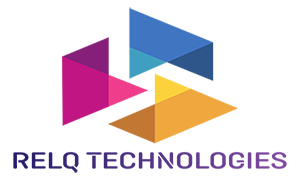Unified data governance is a set of practices and technologies designed to manage and ensure the quality, security, and compliance of data across an organization. Here are some potential solutions for implementing unified data governance:
- Establish clear data governance policies: Define policies and procedures that dictate how data should be collected, stored, processed, and accessed across the organization. Ensure that these policies are consistent across all departments and teams.
- Implement a data governance framework: Implement a data governance framework that includes roles, responsibilities, and workflows for managing data across the organization. This framework should also include guidelines for data quality and compliance.
- Use a data catalog: A data catalog can help you organize and manage data assets by providing a central repository of metadata. This can help you track the lineage of data and ensure that it is properly classified and labeled.
- Establish data quality standards: Define data quality standards and implement tools and processes to measure and monitor data quality. This can help you ensure that data is accurate, complete, and consistent.
- Implement data security and privacy measures: Develop and enforce data security and privacy policies to protect sensitive data. This can include implementing access controls, encryption, and data masking.
- Provide data training: Provide data training to employees so that they understand the importance of data governance and their roles in ensuring that data is properly managed and used.
- Use technology to support data governance: Implement technology solutions such as data governance tools, data integration tools, and data quality tools to automate data governance processes and ensure compliance with regulations.
